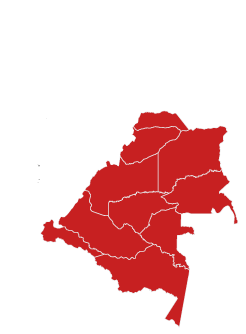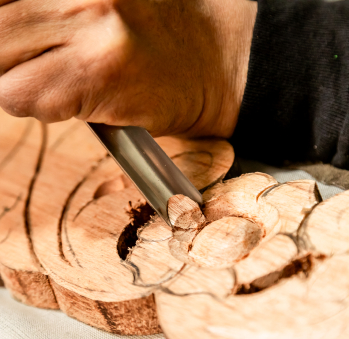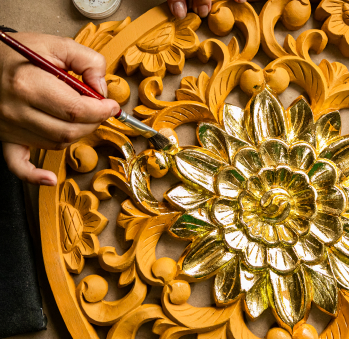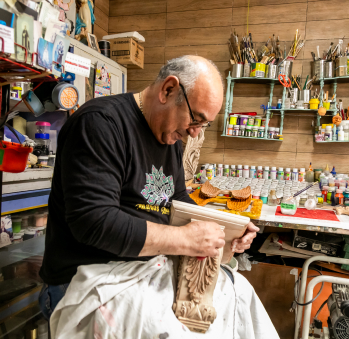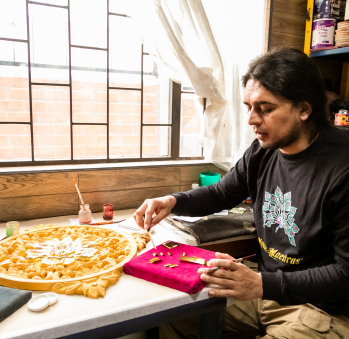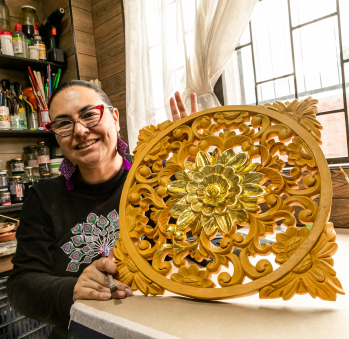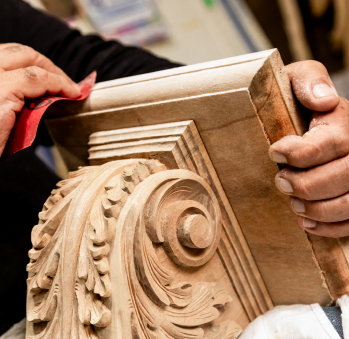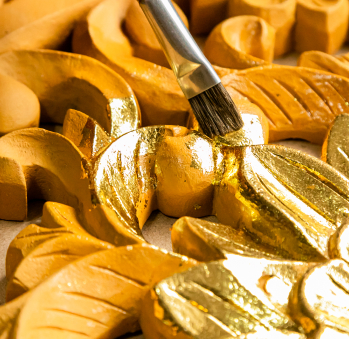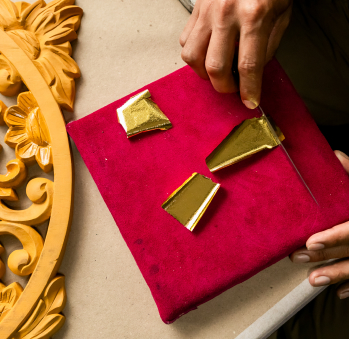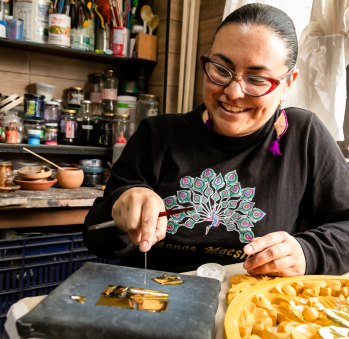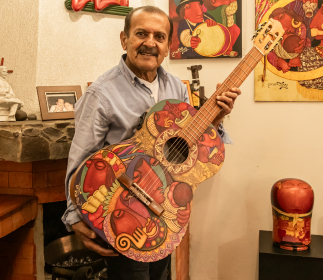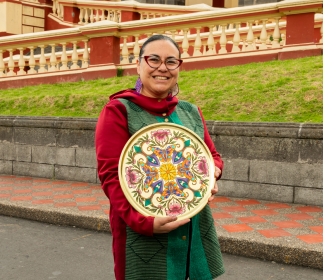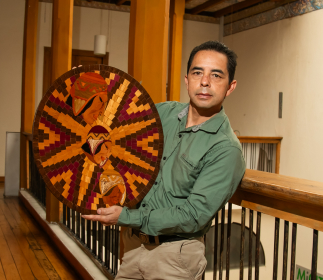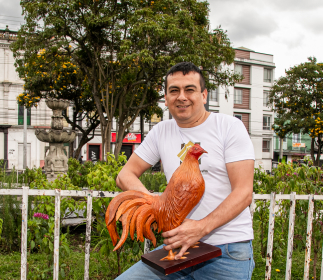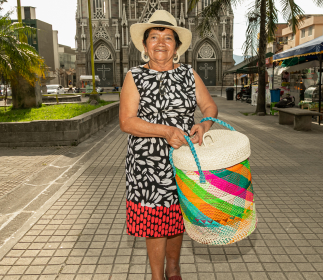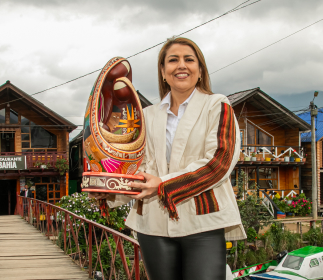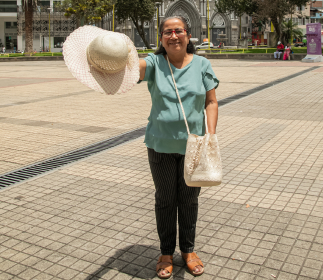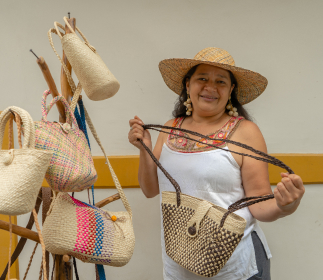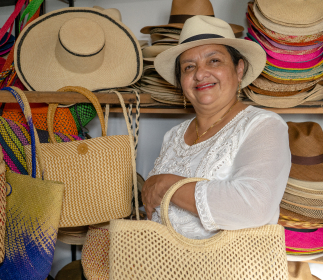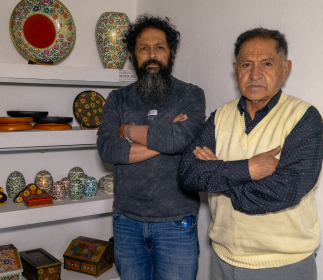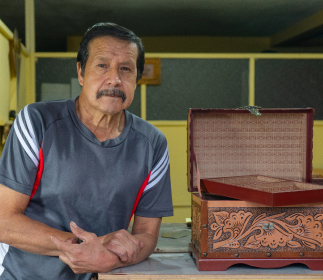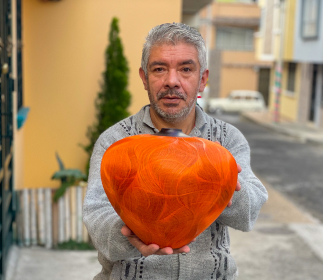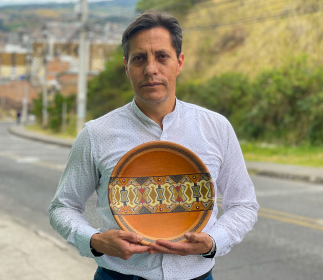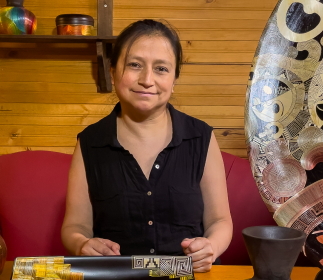María Ximena Rodríguez
Workshop: Manos maestras
Craft: Veneer and coating
Trail: Sandoná - Pasto Route
Location: Pasto, Nariño
Ximena Rodríguez loves her craft deeply, not only because she has been practicing it for over thirty years, but also because she learned it from someone she loved, and who loved her back: her grandfather, Guillermo Ignacio Rafael Cifuentes. Adding value to the story is the fact that, to inherit her grandfather’s knowledge, she first had to convince him. It wasn’t easy; tradition said that only men could be gilders, but since she was a child, Ximena sensed that tradition could take a turn. She used to come home from school and have lunch in her grandmother’s kitchen before standing at the door of her grandfather’s workshop to watch him work. One day, he finally invited her in and instructed her to paint little flowers. But painting flowers wasn’t enough; she wanted to do more than just decorate. Touching his gouges without permission would have been a grave offense, so she waited until he finally gave her the long-awaited permission to gild. She remembers the smell of cigarette smoke that filled the space and which she despised, but endured, because her desire to touch the gold with her own hands was greater.
Ximena’s persistence paid off. Today, she is the sole heir to her grandfather’s ancient craft, whose origins in Colombia date back to colonial times. In Pasto, a city filled with churches, the work in gold leaflets was essential for decorating the temples. It was taught by the Spaniards to a select group of artisans who, in turn, passed it on to a few apprentices and their own descendants. Don Guillermo Cifuentes’ grandfather had been part of one of the workshops of Manuel Chili Caspicara, an important sculptor, carver, and gilder of the Quito School, long before Colombia and Ecuador were separate nations. Since then, the gilder’s workshops have been in their own homes, hence the secrecy that surrounds them. The practice, very popular in Ibarra, Ecuador, survives in Pasto thanks to the three workshops that have safeguarded it: that of Hernán and Carmen Zambrano, that of Luis Eduardo Arturo and Mercedes Rodríguez, and that of Ximena, better known as Miss Cifuentes.
To the sumptuous tradition of carved figures of saints, virgins, and guardian angels covered in gold leaflets, Ximena added her utilitarian pieces. It’s common for people visiting Pasto and its numerous churches to want to bring back home something that evokes them. That’s why, in the Manos Maestras workshop, they produce candy dishes, chests, and vases inspired by the altars, altarpieces, niches, and gilded frames of the iconic churches; an irresistible combination.
Because each piece is a testament to the centuries of history that precede it, we invite you to visit a workshop that preserves tradition. Here, materials that arrived in this territory with the colony are still used: calcium carbonate, rabbit glue, Armenian bol, and European gold leaf, which has been imported from the beginning because workshops for beating gold leaf were never established in America. They were in charge of hammering a piece of gold repeatedly until it became as thin as a sheet of paper. Ximena speaks of the technique as a fascinating mystery, in which the specificity of the materials is vital. An example of this is the agate stones used to burnish the gold leaf onto the carved piece of cedar wood, which give them the finish that no other stone can give to a gilder’s creations. Take the opportunity to connect with centuries of tradition in Ximena’s workshop, a proud bearer of the title of gilder who, with her characteristic generosity, will offer you an immersion in the fascinating history that, of course, she knows thoroughly.
Craft
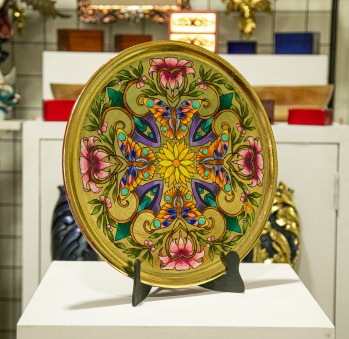
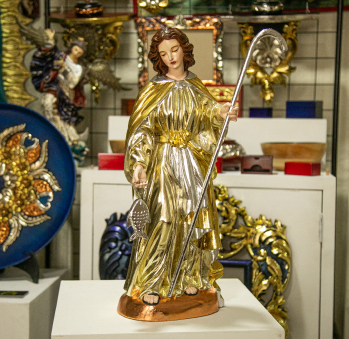
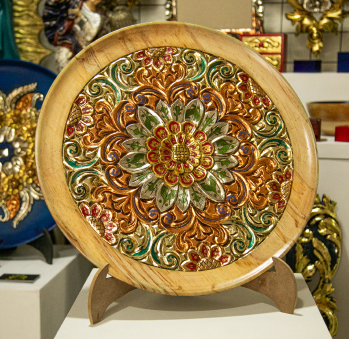
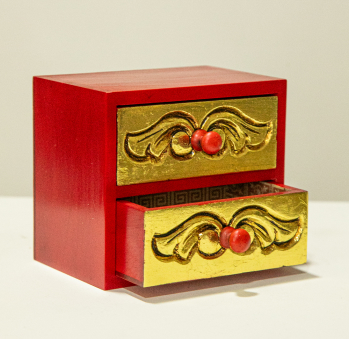
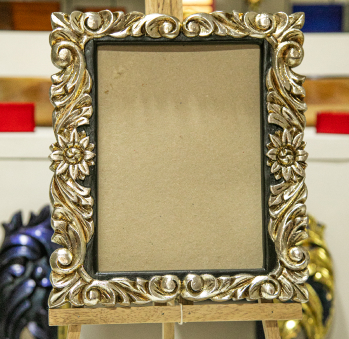
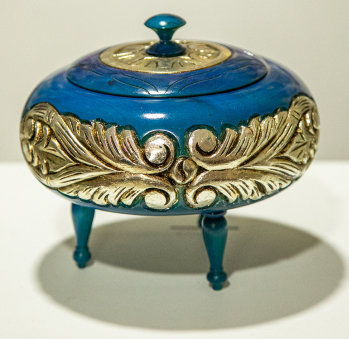
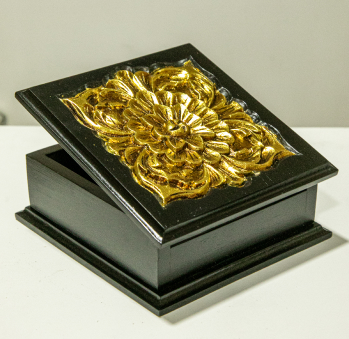
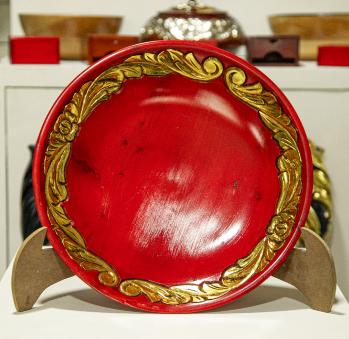
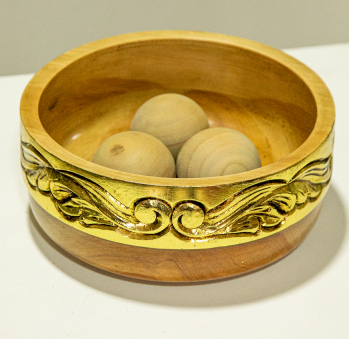
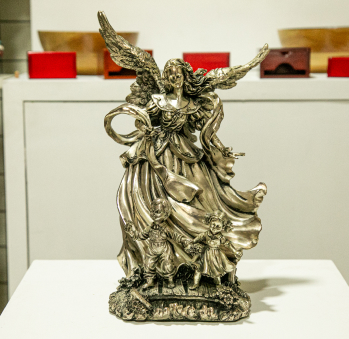
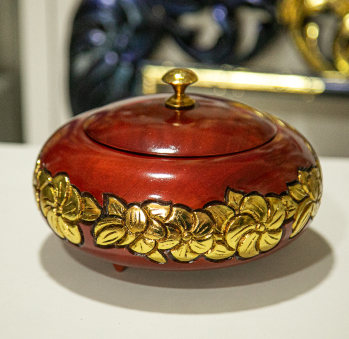











Artisans along the way
Artisans along the way
No puede copiar contenido de esta página


